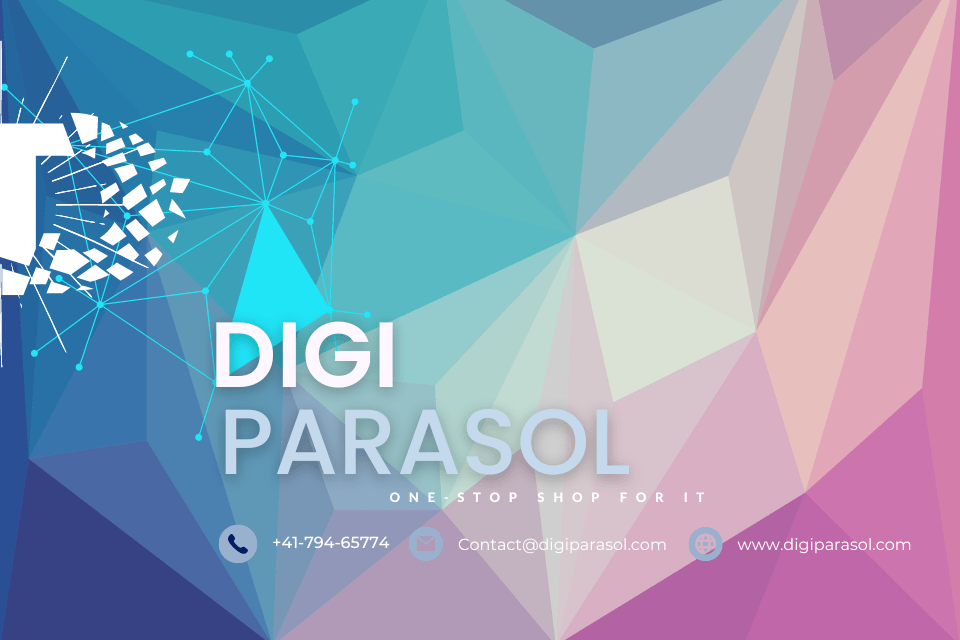Creating Memorable Interactive Learning Experiences: A Comprehensive Guide
In today’s fast-paced world, traditional learning methods are quickly becoming obsolete. Students, employees, and individuals of all ages are seeking more engaging and interactive ways to absorb information and improve their skills. This is where creating memorable interactive learning experiences comes into play.
But what exactly are interactive learning experiences, and why are they so important? In this blog post, we will explore the benefits of interactive learning, provide tips on how to get started, and discuss the essential equipment needed to create memorable and engaging experiences.
What are Interactive Learning Experiences?
Interactive learning experiences involve the use of various tools and techniques to actively engage learners and encourage participation. This can include activities such as games, simulations, virtual reality, quizzes, and group projects. The key to interactive learning is to create an environment that stimulates the mind, promotes critical thinking, and encourages collaboration.
Benefits of Interactive Learning
There are countless benefits to incorporating interactive learning experiences into your educational or training programs. Some of the key advantages include:
1. Increased Engagement: Interactive learning captures the attention of participants and keeps them engaged throughout the session. This leads to better retention of information and a more enjoyable learning experience overall.
2. Improved Retention: By actively participating in the learning process, individuals are more likely to remember and apply the information they have learned. This leads to better outcomes and a higher level of comprehension.
3. Better Collaboration: Interactive learning encourages collaboration and teamwork, as participants are required to work together to solve problems and complete tasks. This fosters a sense of community and helps build important skills such as communication and problem-solving.
4. Personalized Learning: Interactive experiences can be tailored to the individual needs and preferences of each learner, providing a more personalized and effective learning experience.
Tips on Getting Started
If you are interested in incorporating interactive learning experiences into your educational or training programs, here are some tips to help you get started:
1. Set clear objectives: Before implementing any interactive learning activities, it is important to define your goals and objectives. What do you hope to achieve with these experiences? How will you measure success?
2. Choose the right tools: There are countless tools and technologies available for creating interactive learning experiences, from online learning platforms to virtual reality headsets. It is important to choose the ones that best suit your goals and budget.
3. Get creative: Don’t be afraid to think outside the box when it comes to creating interactive learning experiences. Experiment with different formats and techniques to keep participants engaged and interested.
4. Encourage feedback: Feedback is crucial for improving your interactive learning experiences. Encourage participants to provide feedback on what worked well and what could be improved for future sessions.
Essential Equipment for Creating Memorable Experiences
When it comes to creating memorable interactive learning experiences, having the right equipment is essential. Some of the key tools and technologies you may need include:
1. Interactive whiteboards: Interactive whiteboards are a great tool for engaging participants and promoting collaboration. They allow for real-time interaction and enable participants to work together on tasks and projects.
2. Virtual reality headsets: Virtual reality (VR) technology has revolutionized the way we learn and experience new things. By incorporating VR headsets into your interactive learning experiences, you can transport participants to new worlds and create immersive learning environments.
3. Online learning platforms: Online learning platforms are an excellent way to deliver interactive learning experiences to a wide audience. These platforms allow for easy access to educational materials, quizzes, and interactive activities, making learning more convenient and engaging.
4. Audience response systems: Audience response systems, such as clickers or polling software, are great tools for engaging participants and soliciting feedback in real-time. These systems allow for instant feedback and can help keep participants actively engaged throughout the session.
In conclusion, creating memorable interactive learning experiences is essential for engaging participants, promoting collaboration, and improving retention of information. By incorporating interactive activities and technology into your educational or training programs, you can provide a more engaging and effective learning experience for all participants. So why wait? Start creating interactive learning experiences today and watch your educational outcomes soar.


